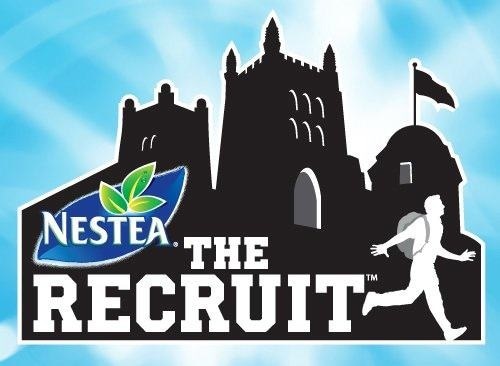
While Joyce raises a good point that the sheer volume of free advertising the teams of students did was almost overwhelming, I disagree with the idea that it turned off a large volume of potential consumers.
Personally, a week after seeing all of the teams advertising NESTEA throughout my timeline on Facebook, I was compelled to buy a NESTEA. I am not a person who has ever gone out of his way to drink NESTEA or even soda in general. However, these ads placed NESTEA in my evoked set, so when I went was choosing a drink to go with my meal at McDonald’s (another brand I rarely deal with) the first thing I thought of was NESTEA.
In relation to the AIDA model, “The Recruit” made me think about the last time I had NESTEA and led me to realize that it had been a long time since my last NESTEA, so I bought one when I got the chance. The spam of videos on my newsfeed may have in fact sped up the lagged effect (the delayed response to marketing communications campaign). It can take several exposures before consumers process the message of the marketing campaign, but because of the immense volume of exposures, I may have processed the message more efficiently.
Overall, I like the idea of “The Recruit” as a good PR activity because it allows NESTEA to access students’ social groups better than say commercials directed at students.
